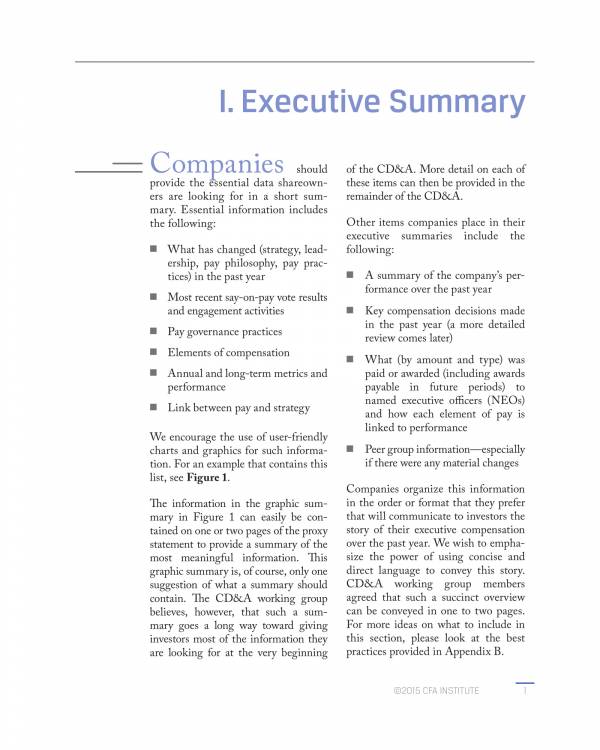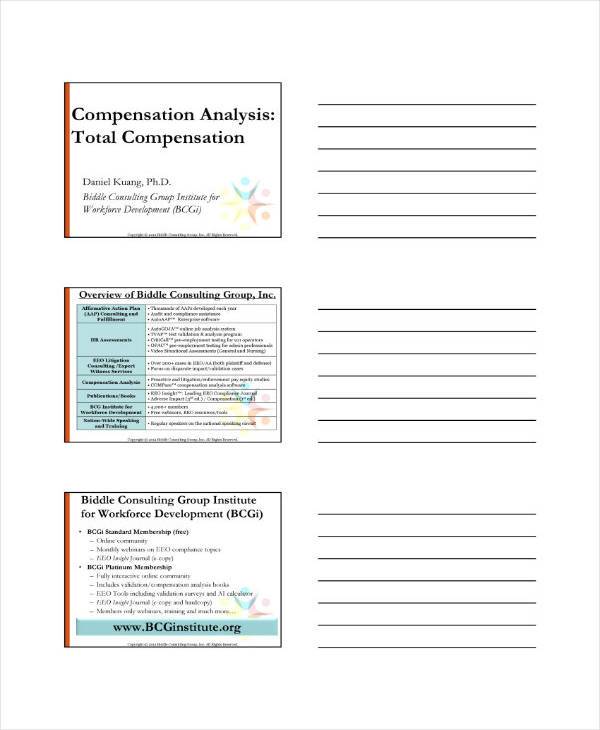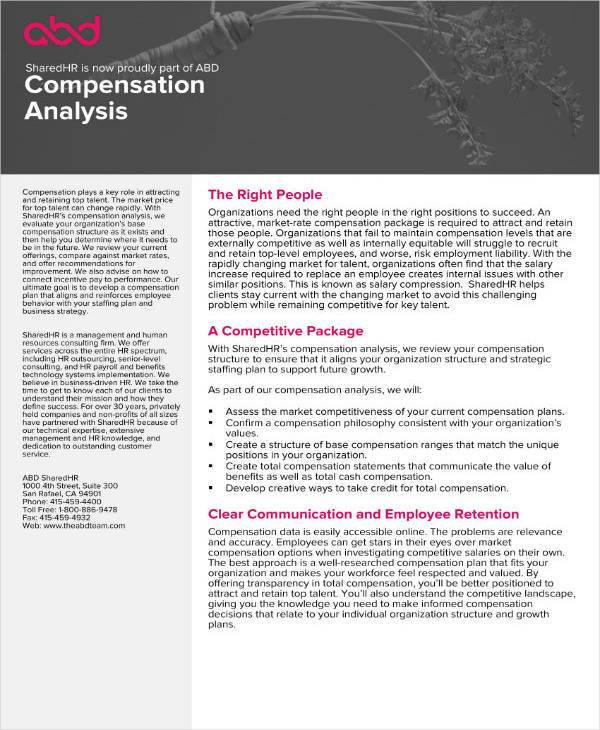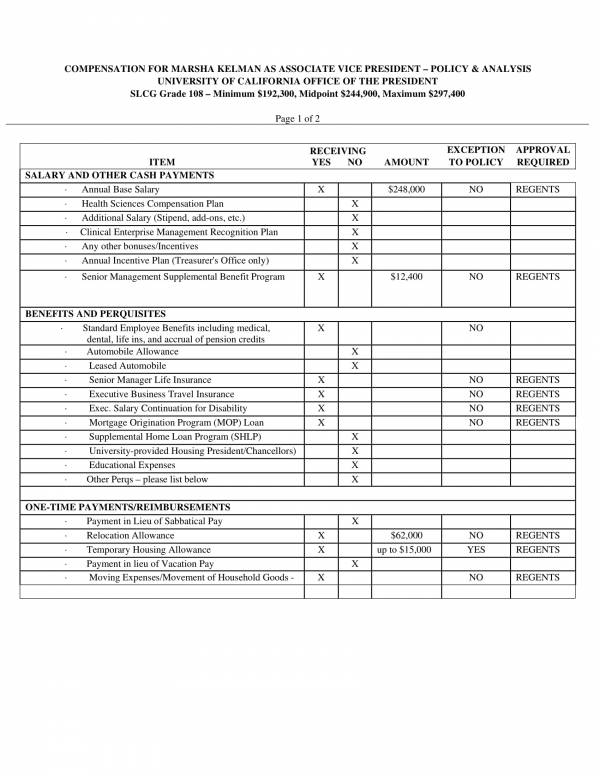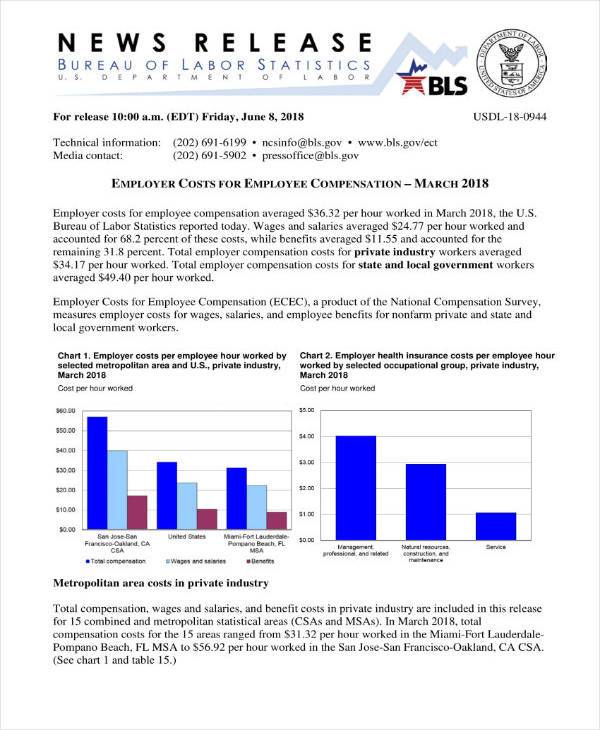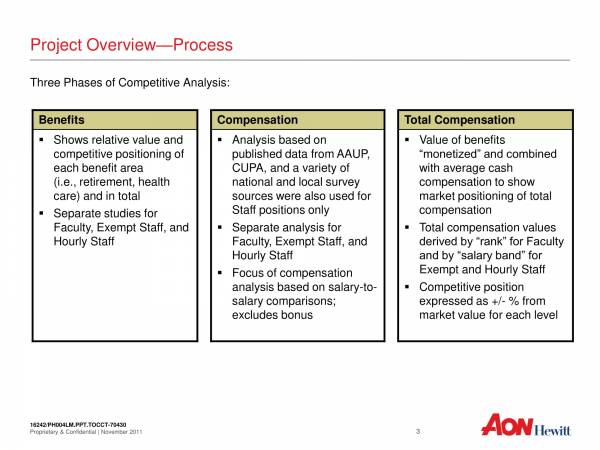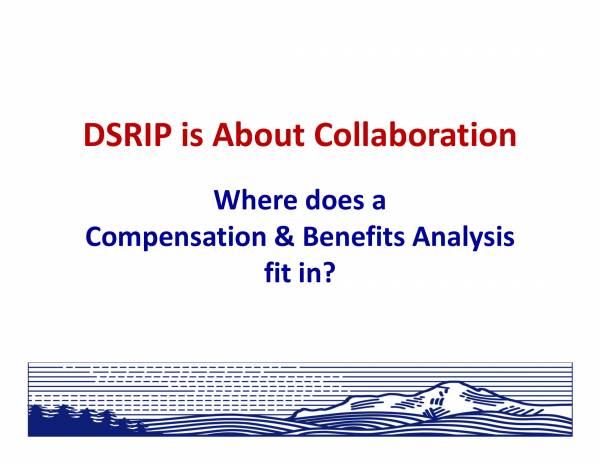These days, you can’t totally say that job-hopping is a bad thing. In fact, many people view it is an essential part of the career development plan since it allows you to determine the right career path for each person. However, where does this phenomenon leave you as a business leader? It compels you to hire and train a new set of people to fill the vacant job positions in your workforce, which may not be enough if you intend to retain your best employees. Thus, you need to level up your job market strategy. One way to do it is to conduct a compensation analysis.
What is a Compensation Analysis
A compensation analysis is a type of analysis that you can use to determine if you are paying your employees enough for them to stay. Its end goal is to effectively attract, retain, and engage with the best people for your company, making it a crucial part of employee management strategy. It involves processes, such as analyzing salary information of particular positions in different companies in the industry across the world.
What are the Components of an Employee Compensation
Since we are discussing of compensation analysis, you should consider the fact that it is not strange that many workers leave their current posts to look for a job from within or outside the organization where the management offers better compensation. With that said, it is essential to consider the following components to include in your analysis.
- Salary and Wages
- Bonuses
- Providing a Competitive Package
- Time Off
- Long-Term Incentives
- Federal/State Pay Requirements
- Miscellaneous Compensation
- Health Insurance
- Retirement Plan
- Life and Disability Insurance
FREE 8+ Sample Compensation Analysis Templates in PDF
Are you looking for a compensation analysis template that you can use for your project? Go over the following samples and templates!
1. Compensation Discussion and Analysis Template
2. Simple Compensation Analysis
3. Compensation Analysis Reporting Tool
4. Sample Compensation Analysis
5. Compensation Analysis Template
6. Employee Compensation Analysis Example
7. Total Compensation Market Analysis
8. Compensation & Benefits Analysis Milestone
9. Workers’ Compensation Analysis
How to Conduct a Compensation Analysis
Did you know that the compensation analysts salary ranges between $47,000 and $94,000? If you wish to get this salary range, you might as well want to know the basic steps of conducting a compensation analysis, which we gathered in this section.
1. Determine Your Goals
Just like conducting a team analysis, if you are planning to carry out a compensation analysis, the first thing that you need to do is to set your goals. These goals will lead your methodologies towards the success of the study. By doing it, you will ensure that your study will not go astray. For example, massive resignation has become a trend in your company, which has negatively affected its overall expenses and productivity. Thus, the goal that you may want to accomplish is to determine what drives your employees to resign and come up with a strategic plan to lessen the employee turnover rate.
2. Analyze the Current Method of the Firm
It is quite common for a high employee turnover rate to stem from the compensation strategy that a company utilizes. In this step, you will have to take a look at how the management determines the salary of the employees if the company implements an appraisal and incentive schemes, etc.
3. Gather the Necessary Information
In this type of study, you need to employ data gathering methodologies to ensure that you will get the solution to the issue in hand. To ensure the success of this step, get only verified, accurate, and contemporary information. This data should also be relevant to the jobs and organization, its industry, and its location.
The three common data sources that you can use for this study are the crowd, company, and third-party market. To get the data from the crowd, you can distribute surveys or conduct interviews, which you can apply to your organization’s workers as well. Additionally, you can ask relevant questions from the people of your company or approach third-party researching firms that can give you relevant information. A good example of crowd-sourced data is the information that Glassdoor provides. However, you should take note that the information that this website may provide may not be verified. Thus, we recommend that you search for several websites, such as Payscale or the U.S. Bureau of Labor Statistics website, to verify the information that you will collect from online applications.
4. Analyze the Data
At this point, you already have all the necessary information that you gathered in the previous step. The next thing you need to do to analyze this data by using pay ranges. With the pay ranges, you can determine the right amount to pay your employees. To do it, you can use either job-based or grade-based ranges. Both pay ranges will allow you to make comparisons between the salaries of the employees.
5. Build a Plan
Once you have determined the employees who earn a salary that is outside the minimum and maximum salary, create an employee compensation plan that will address these outliers. After that, you will, then, communicate the director, executives, and other stakeholders regarding the plan that you have developed to deal with the compensation issue within the company.
FAQs
What is Compensation?
In general, compensation refers to something that you can give to people or any entity to pay for their loss, injury, or suffering. A compensation also refers to the cash or non-cash an employer provides to its employees in exchange for the job they render.
What is a Compensation Plan?
The compensation plan is a pay package that an employer may offer to its employees to work in a company. This package may include details, such as salary, bonuses, federal/state pay requirements, incentives, health, and life insurance, retirement plan, leaves, miscellaneous compensation, etc.
What is an Employee Benefit?
An employee benefit refers to the employee compensation component other than the cash wages, such as health insurance, paid sick leaves, and vacation leaves. Depending on which state or country you are working or living, benefits can be mandatory. The government usually compensates the sick leaves that are beyond 12 days.
Hiring and retaining the best people is essential in running a company, which you can implement effectively by conducting a compensation analysis. However, relying on competitive compensation alone may not work. Thus, you have to consider implementing activities to address other aspects of employee management, such as career growth programs.
Related Posts
FREE 10+ Analysis of Alternatives Samples in PDF
FREE 10+ Failure Mode and Effects Analysis Samples in PDF
FREE 10+ Make or Buy Analysis Samples in PDF
FREE 10+ Fishbone Root Cause Analysis Samples in PDF
FREE 11+ Cost Volume Profit Analysis Samples & Templates in PDF | MS Word
FREE 6+ Corporate Portfolio Analysis Samples in PDF
FREE 10+ Fault Tree Analysis Samples in PDF
FREE 10+ Comp Analysis Samples in PDF
FREE 10+ Fishbone Analysis Samples in PDF
FREE 10+ Individual Swot Analysis Samples in PDF
FREE 10+ 5 Year Analysis Samples in PDF
FREE 10+ Benefit Costs Analysis Samples in PDF
FREE 10+ Job Hazard Analysis Samples in PDF
FREE 10+ Primary Source Analysis Samples in PDF
FREE 10+ Critical Path Analysis Samples in PDF

